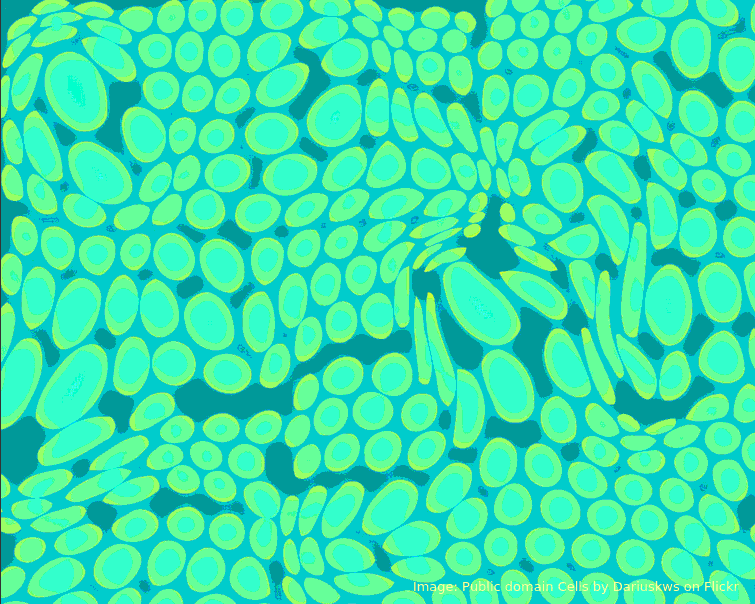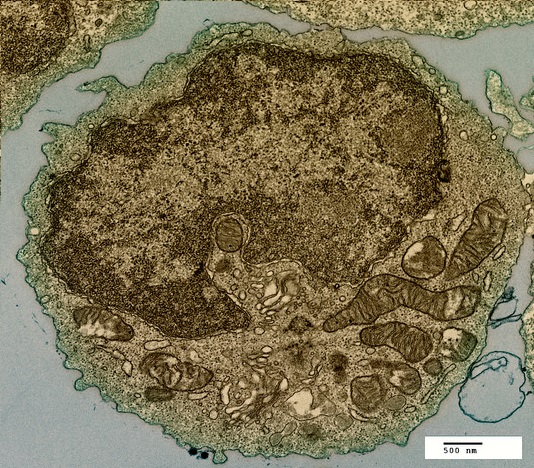- Summary list for topic 1.5 The origin of cells
- Mindmaps
- Exam style question about endosymbiosis in cells
- Model answer
- Exam style question about the origin of cells
- Model answer
- Exam style question about evidence.
- Model answer
- Multiple choice questions
- 1.5 Origin of cells 1/1

Learn and test your biological vocabulary for 1.5 the origin of cells using these flashcards.
These slides summarise the essential understanding and skills in this topic.
They contain short explanations in text and images - good revision for all students.
Read the slides and look up any words or details you find difficult to understand.
Summary list for topic 1.5 The origin of cells
- The first cells must have arisen from non-living material.
- The origin of eukaryotic cells can be explained by the endosymbiotic theory.
- Evidence from Pasteur’s experiments falsified the theory that spontaneous generation of cells and organisms occurs.
Mindmaps
These diagram summaries cover the main sections of topic 1.5 Origin of Cells.
Study them and draw your own list or concept map from memory.
Exam style question about endosymbiosis in cells
The question below, requires an understanding of membrane transport and cell organelles, so it is a good test of biological understanding. Write an answer on paper, then check the points in the model answer below.
This image shows Paramecium bursaria which has mutualistic endosymbiotic relationship with green algae called Zoochlorella. The algae are clearly visible inside the cytoplasm of the Paramecium cell.

Outline how this and other evidence supports the idea that endosymbiosis gave rise to eukaryotic cells. [5]
....................................................................................... ............................................................................
....................................................................................... ............................................................................
....................................................................................... ............................................................................
....................................................................................... ............................................................................
Click the + icon to see a model answer.
Multiple choice questions
This self marking multiple choice quiz contains questions covering the skills outlined above.
START QUIZ!
Drag and drop activities
Test your ability to construct biological explanations using the drag and drop questions below.
The endosymbiont theory of the origin of eukaryotic cells.

Drag and drop the correct term into the gap to describe the endosymbiont theory.
chloroplasts endosymbionts mutualistic ingested free-living prokaryotes photosynthesise eukaryotic aerobically
Lynn Margulis explained the origin of cells by the endosymbiotic theory. This hypothesises that and mitochondria were originally and, at some point in evolution, were by larger cells. Instead of being digested, they became in a relationship with the larger cell giving the larger cell the ability to and respire .
Explanation/Examiner hint. Describe means give a detailed account.
Just for fun
If you can't see the content below, please click this link to the Origin of cells card match game






























 Twitter
Twitter  Facebook
Facebook  LinkedIn
LinkedIn